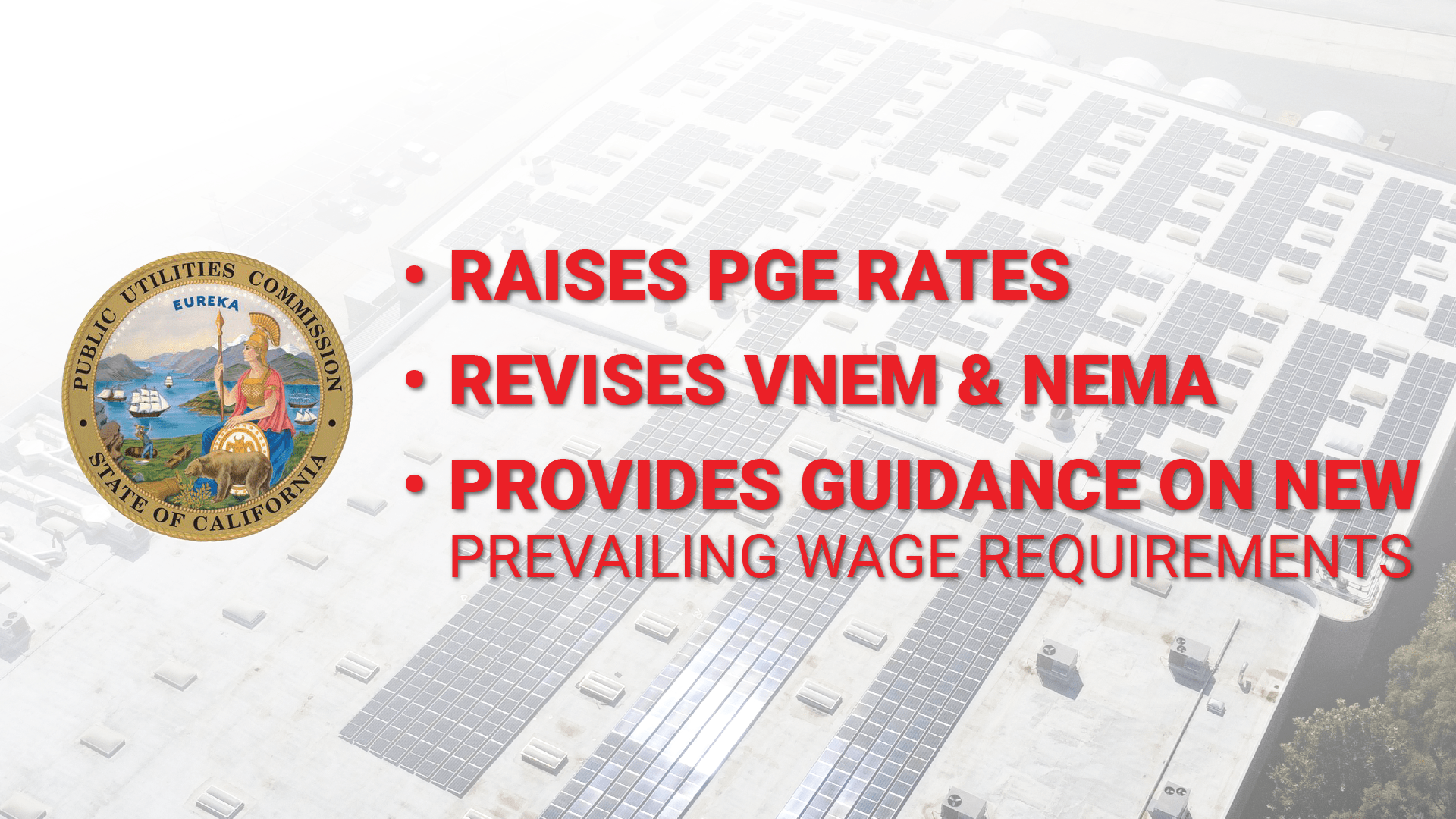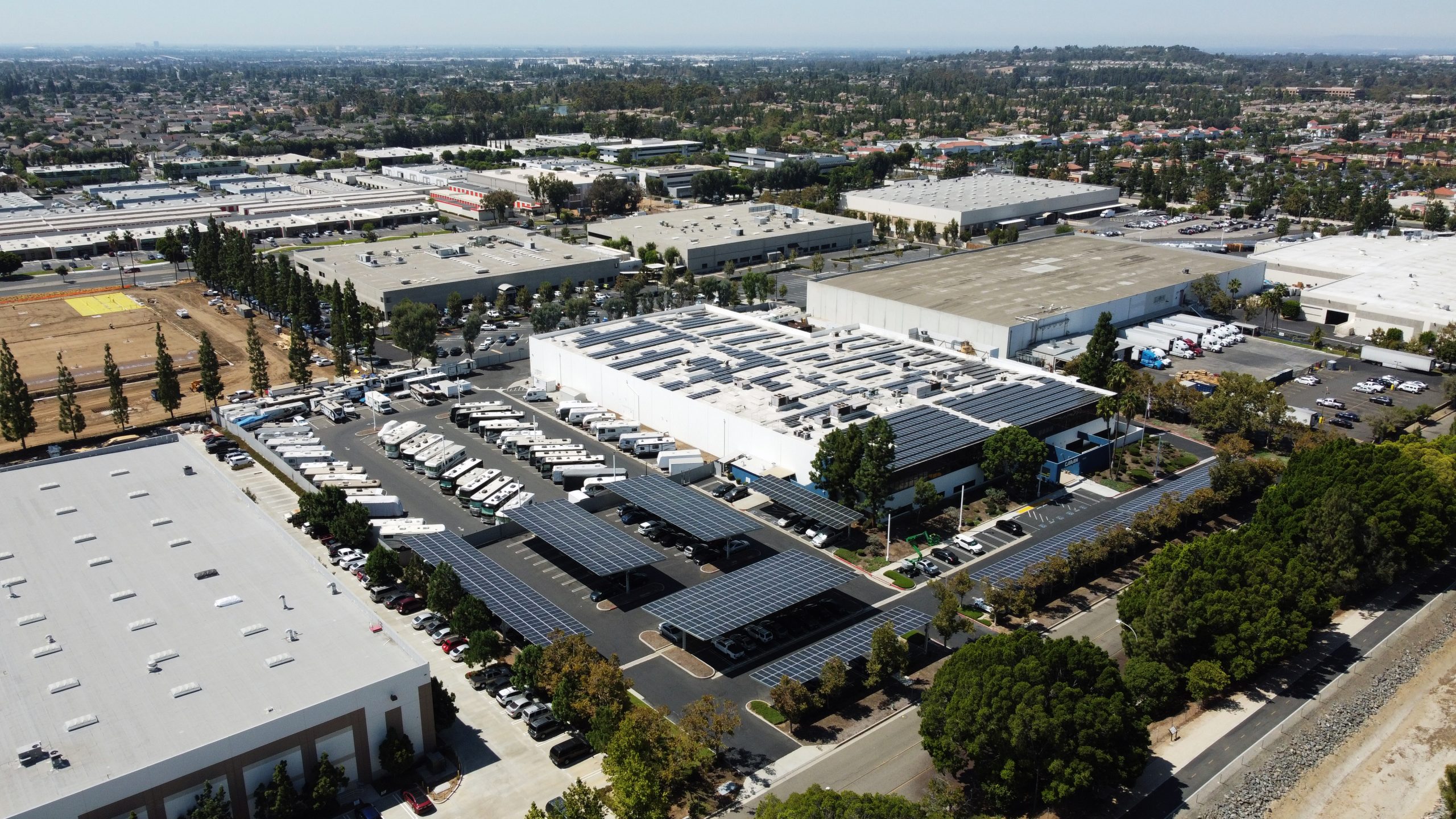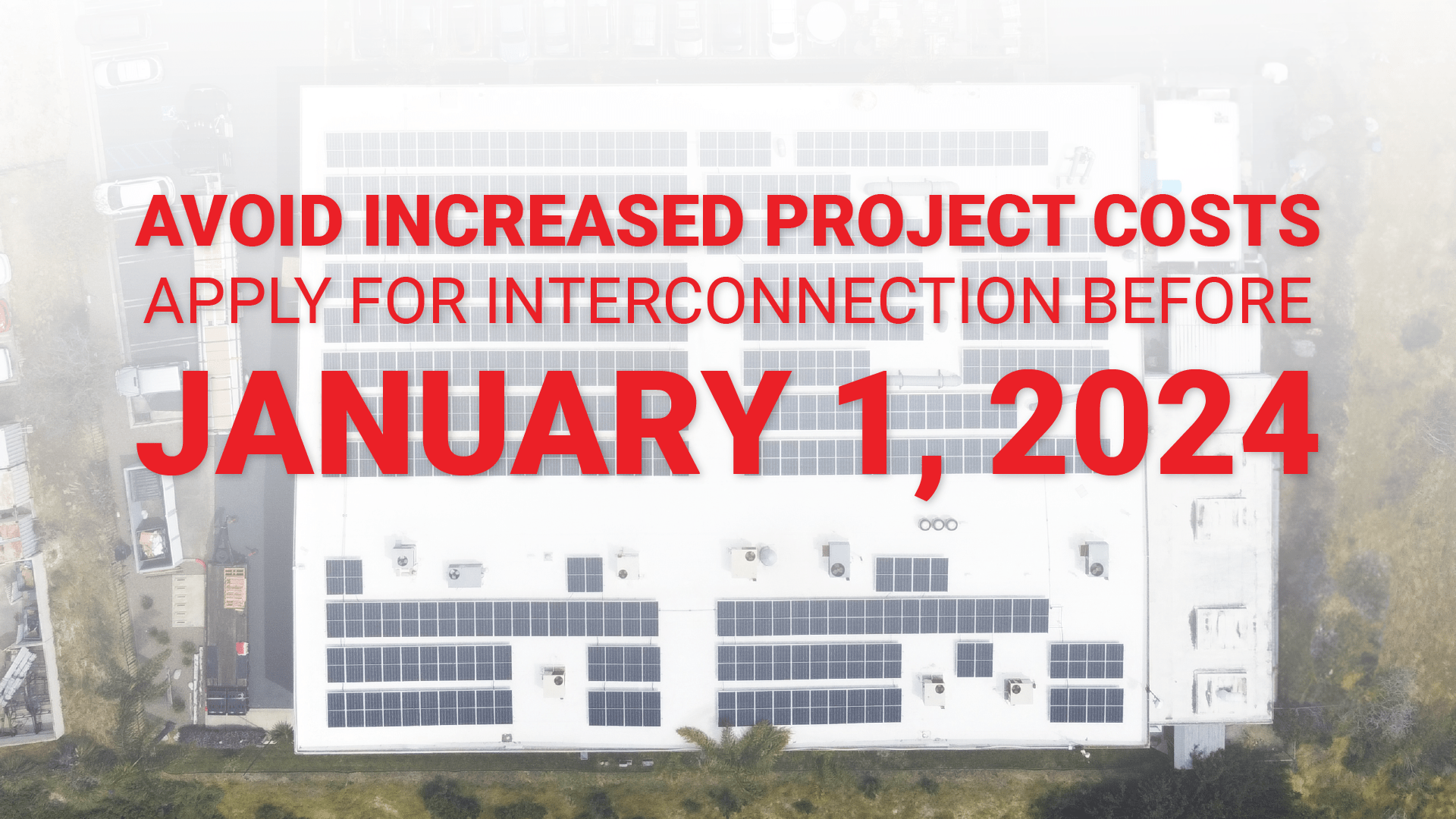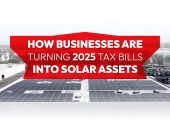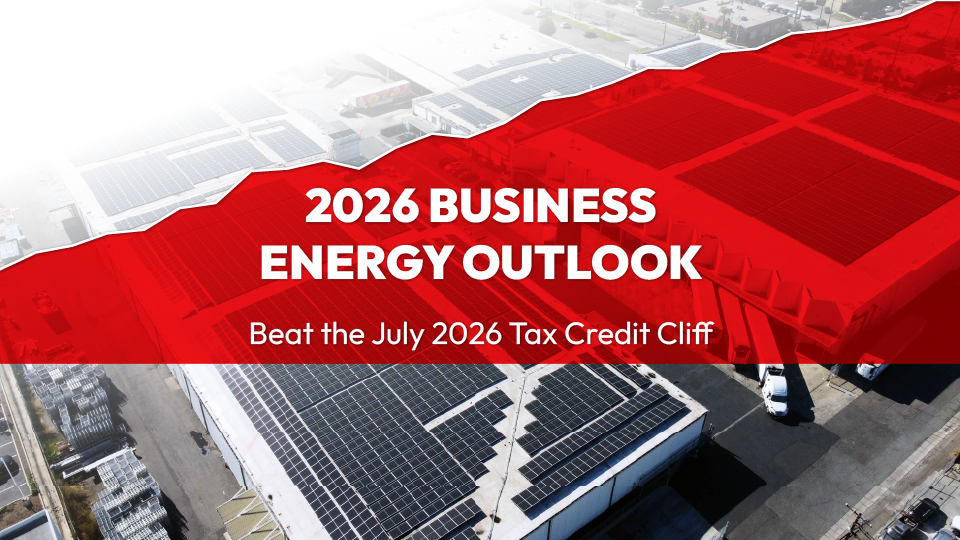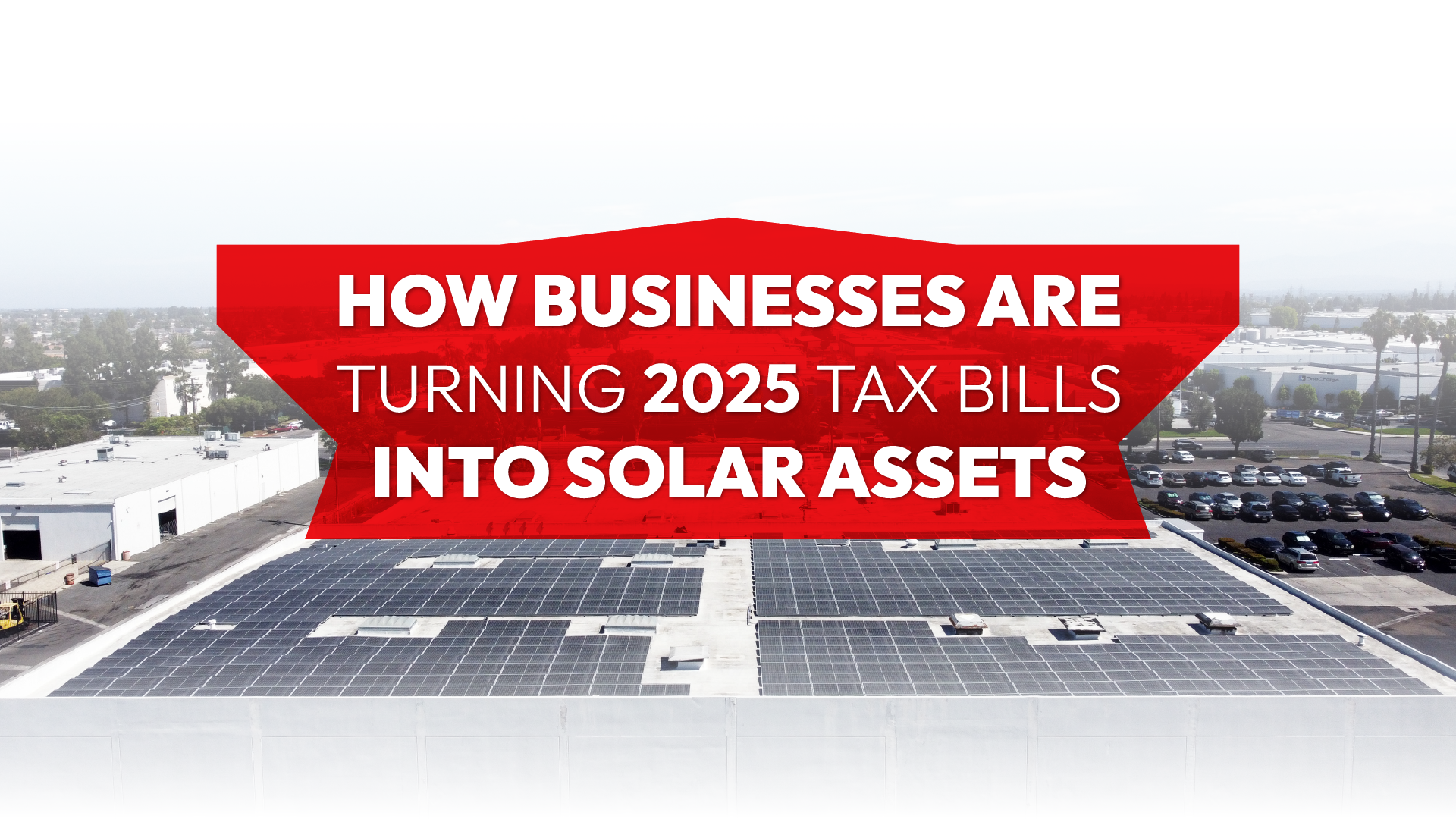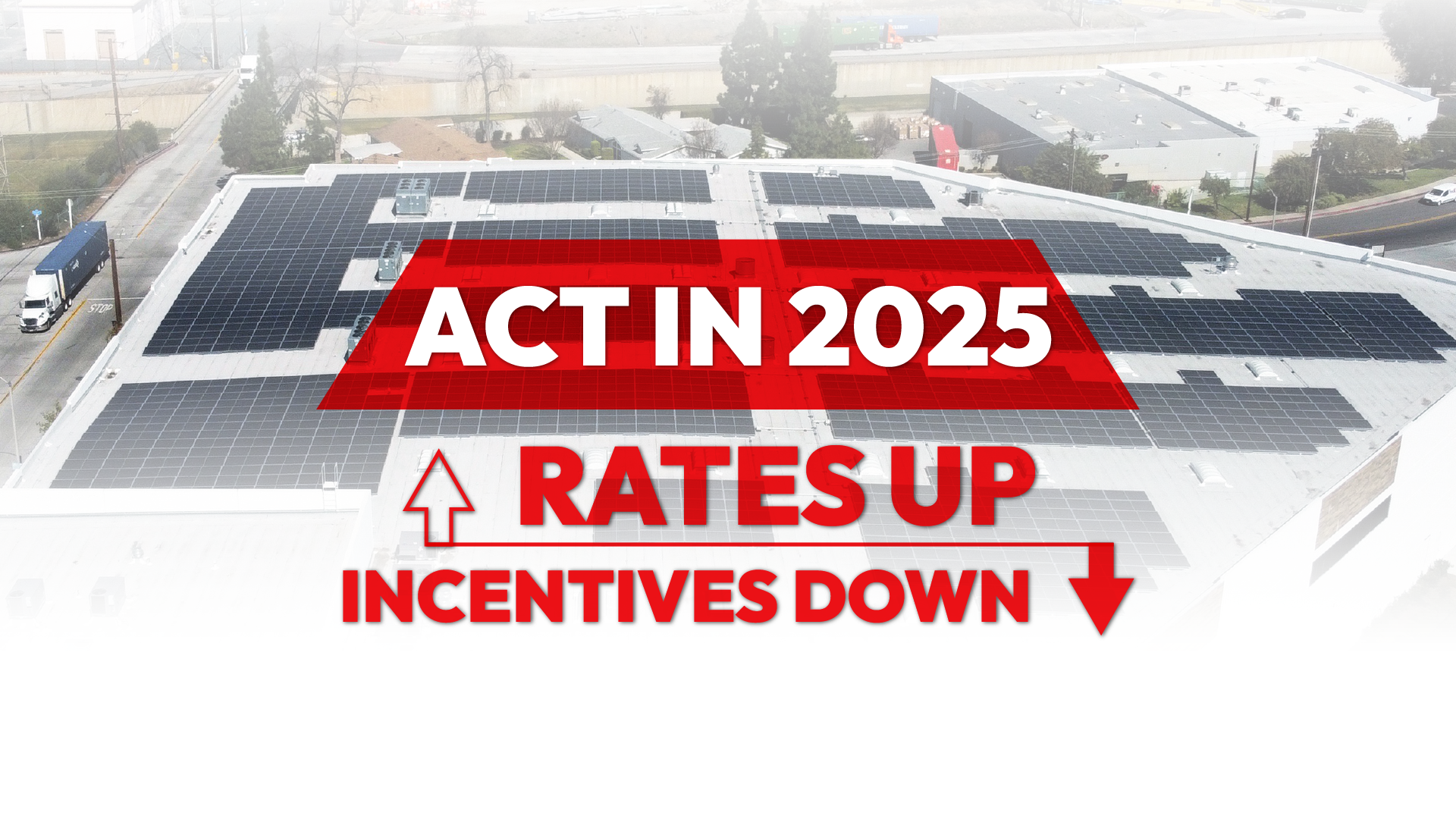CPUC Raises PGE Rates, Revises VNEM, NEMA & Provides Prevailing Wage Guidance
After repeated delays, California’s public utility commission (CPUC) on November 16, 2023, voted to raise rates for PGE customers & pass the second revision of a proposed decision with changes that impact future solar development in California. CPUC revised VNEM and NEMA programs (VNBT & NBT-A) to mirror net billing frameworks pushed by investor-owned utilities in 2022, in addition to providing guidance on how to follow California’s new prevailing wage requirements.
After many public comments condemning the impending decisions, PGE was granted higher revenue requirements which will result in increased rates as soon as January 2024. In the revised proposed decision, Virtual Net Energy Metering (VNEM) and Aggregation (NEMA) programs will change to drastically reduce the value of exported energy, aligning with recent changes to NEM2 resulting in the new net billing frameworks that passed through significant public pushback.
California’s prevailing wage requirements were introduced in 2022 when the California Legislature passed AB2143 and is coming into effect January 1, 2024. The CPUC provided guidance on how to abide by the new public utility code §769.2, requiring all new solar installations over 15kW that interconnect through a net metering / net billing program to pay prevailing wages to all construction workers and apprentices working on the project.
PGE Receives Approval for $1.3B Revenue Increase
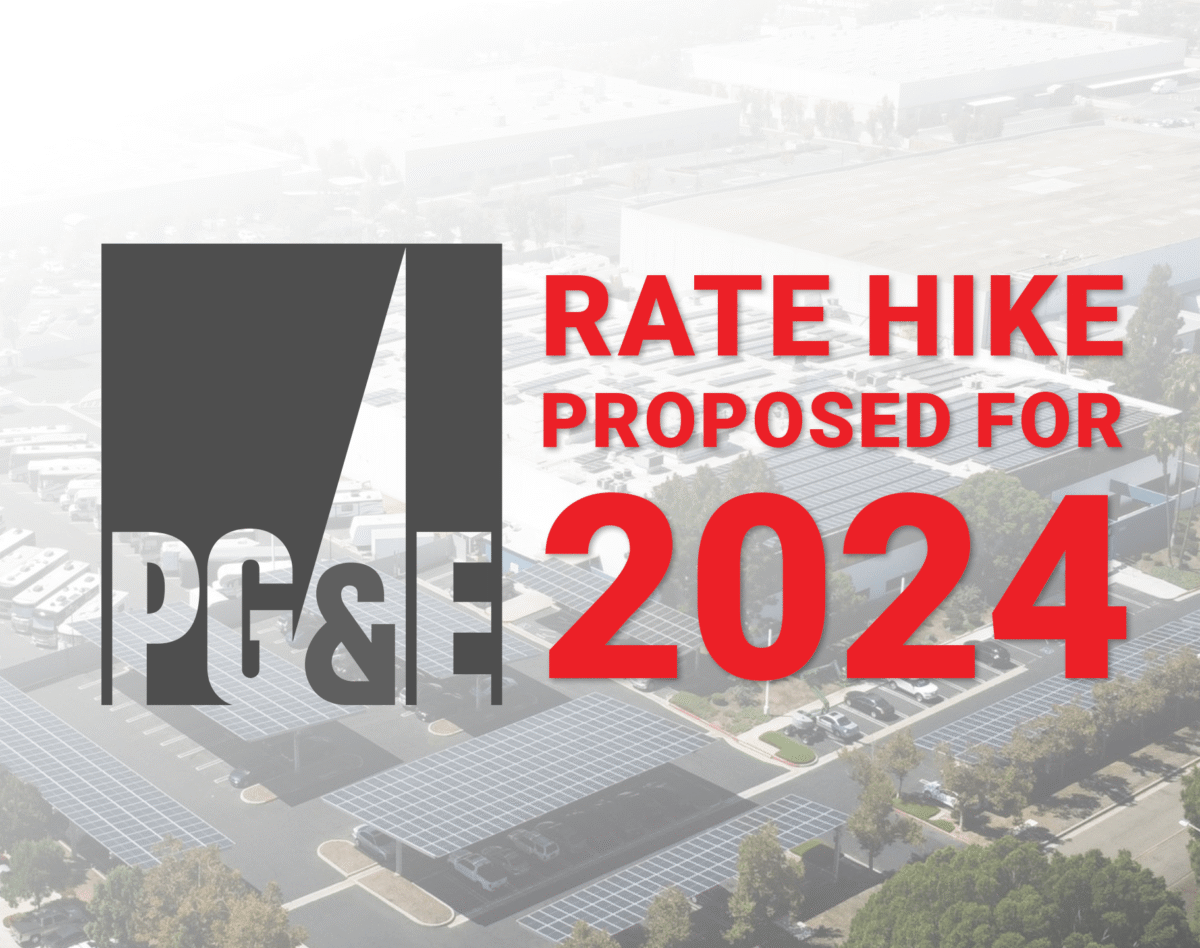
One of the largest investor-owned utilities, Pacific Gas & Electric, requested their largest general rate case increase and their first after bankruptcy. The request comes as their scheduled general rate case (GRC) and was seen by the CPUC as necessary to help the utility by approving half of the requested increase to potential revenue, $1.3 billion, but also demanding more from the company and its leadership.
Commissioner John Reynolds proposed the decrease, which is still an 11% boost, calling on PGE to deliver the greatest safety benefits to California at the cost they propose. A key target the CPUC identified that these funds will go towards is the continued wildfire prevention efforts, hardening existing infrastructure and installing safer underground electric distribution lines to avoid future tragedies such as those caused by recent wildfires attributed to aging electrical infrastructure.
CPUC also noted that PGE has under-delivered on their investments and cost targets in the past, and to achieve what is proposed would be unprecedented – but a key step to rebuilding public trust. PGE will have to rely on economies of scale to keep their costs low and not pass the excess onto their customers.
Net Metering Aggregation (NEMA) and Virtual Net Metering (VNEM) Program Changes
Reflecting California’s previous changes with NEM in 2022, it’s clear that the solar industry is continuously evolving, often in complex ways. These changes to NEMA & VNEM (now NBT-A & VNBT) follow directly in-line with the CPUC’s stated direction established with 2022 NEM3/NB rules.
The new NEMA policy introduces an aggregation subtariff (NBT-A) similar to the NEM3/NB, but with distinct features. Key elements include a 5-year decreasing ACC (Avoided Cost Calculator) plus a glide path, and a 9-year ACC plus value lock-in from the date of interconnection. Notably, the policy eliminates netting for commercial customers, which was a contentious point in public comments. This means that all exports to the grid will receive avoided cost-based export compensation, and all imports will be charged at the applicable import retail rate.
The CPUC has directed utilities to sunset the old NEMA & VNEM programs in no later than 90 days from the decision, which means the final day to apply for interconnection through the old program set for February 14, 2024. The interconnection application process for nonresidential customers includes a complete application, a signed Authorization to Act on a Customer’s Behalf, the selection of a single-line diagram, and an oversizing attestation, if applicable.
The new Aggregation subtariff (NBT-A) is designed to optimize the use of land resources by allowing customers with multiple meters on adjacent or contiguous properties to install onsite generation. It claims to be more affordable than the current NEMA subtariff, providing a combination of high differential time-of-use import rates for residential customers and cost-based export compensation.
Utilities have specific timelines to submit detailed plans for the new aggregation subtariff and to align their billing systems accordingly. They must transition to full implementation of the aggregation subtariff by specific dates in 2025. Additionally, customers seeking to interconnect to the NEMA subtariff (VNBT) have up to three years from the application submission to complete necessary permits and electrical clearances.
Net Metering Changes Still Present Opportunities
These changes signal both challenges and opportunities, just as NEM3/NB did in 2022. The shift from retail rate-based to avoided cost-based export compensation, along with the elimination of netting, will undoubtedly impact the financials of solar projects. CPUC is aware of the changes to VNEM, NEMA & new prevailing wage requirements are all having an effect, but expect the industry to continue to grow as it adapts to selling projects under new net billing frameworks.
Developers will need to reassess their strategies, particularly in terms of sizing and siting of solar installations. However, the longer lock-in period and glide path offer some predictability and stability for some businesses. Contact our expert team today to learn if your business can benefit from and lock-in the previous program iterations before they’re gone.
Public Utility Code 769.2 - Prevailing Wage Requirements for Commercial Solar
Starting January 1, 2024, any new commercial solar system installed on NEM/NB tariffs must pay prevailing wages to all construction workers and apprentices in California. Public Utilities Code §769.2 requires large customer-sited renewable electrical generation facilities, such as commercial solar, and associated battery storage enrolled in specific tariffs to provide at least prevailing wages. Certain projects are exempt, such as residential renewable electrical generation facilities with a capacity of 15 kilowatts or less, or those installed on single-family homes.
The CPUC has designated itself as the recipient of certified payroll records for projects subject to this statute. These records must be maintained, verified, and then submitted biannually to the Commission. Importantly, the CPUC will keep these records as public information for five years. Enforcement of wage requirements will involve three mechanisms: by the Labor Commissioner, through administrative complaints or civil actions by underpaid workers, and by joint labor-management committees. Notably, if a willful wage violation is enforced against a contractor, the associated facility will lose service to the standard contract or tariff.
The CPUC has decided that the interconnection application date will be the starting point to determine a project’s applicability to this statute, meaning that projects can still apply for interconnection before 2024 and avoid these new requirements. Utilities are directed to develop a Pub. Util. Code §769.2 Checklist and a disclosure form, ensuring an assessment of whether a project meets requirements and is aware of its effects.
State & Federal Prevailing Wage Requirements for Commercial Solar
In addition to this state requirement, updates to the new Solar ITC introduced by the Inflation Reduction Act, will also require large projects over 1 megawatt to pay prevailing wages to receive the full value of the lucrative tax credit.
These changes are a boon for the industry’s future. They represent a significant step towards ensuring fair wages and ethical labor practices in solar project construction. However, it’s also clear that these requirements will increase project labor costs, in addition to the need for compliance with prevailing wage laws adds a layer of financial and administrative complexity.
While the initial investment in compliance may be higher, the long-term benefits, both in terms of industry ethics and project quality, are substantial. This shift could also lead to a more skilled and stable workforce, ultimately benefiting the solar industry as a whole. The key will be balancing these new costs with the ongoing pursuit of affordable and sustainable solar energy solutions for businesses in California.
CPUC November 16, 2023 Voting Meeting Conclusion
California’s Public Utility Commission CPUC works ensure long-term benefits for California from its utilities. Businesses still have an opportunity to grandfather the old VNEM & NEMA programs before February 14, 2024 or avoid new prevailing wage requirements by applying for interconnection before January 1, 2024 before CPUC changes take effect. Grandfathering these old programs will save businesses even more on a commercial solar or energy storage investment. Commercial solar has proven itself in such a way that the scaling back of these programs was originally intended as the market reached commercial scale.
Contact our expert team today and learn what creative energy solutions are available to your business. Many California businesses have already taken the step up by installing rooftop or carport solar to reduce their electricity costs, creating capital through sustainability.
Commercial grade rooftop solar is ideal for: manufacturing, warehousing, logistics, industrial, retail, hospitality buildings and more with over 10,000 sq. ft. rooftops.
CARPORT SOLAR
Free standing carport solar generates added solar power for properties with limited rooftop space. Added benefits include shading and protection for employees vehicles.
Crucial for reducing peak demand charges. Automated to supply electricity when your panels won’t. Energy storage is ideal for businesses that incur significant peak charges.
As the popularity of electric vehicles increase, so does the demand for on-site charging. This sustainable amenity has become a parking lot fixture for competitive employers.
OUR SERVICES
TURNKEY COMMERCIAL GRADE SOLAR, ENERGY STORAGE, LED LIGHTING AND MORE.
PROFESSIONAL GUIDANCE
CUSTOM TAILORED PLANNING
CONSTRUCTION & INSTALLATION
CSLB #1106092
Client Testimonial: Kelemen Company
Corporate Business Park in Irvine, CA has created significant electricity cost savings through commercial solar installed across the 5-building business park.
Client Testimonial: Tice Gardner & Fujimoto LLP
See how this CPA firm saved on electricity and gained valuable tax credits through commercial solar that they used to keep cash in the businesses.

